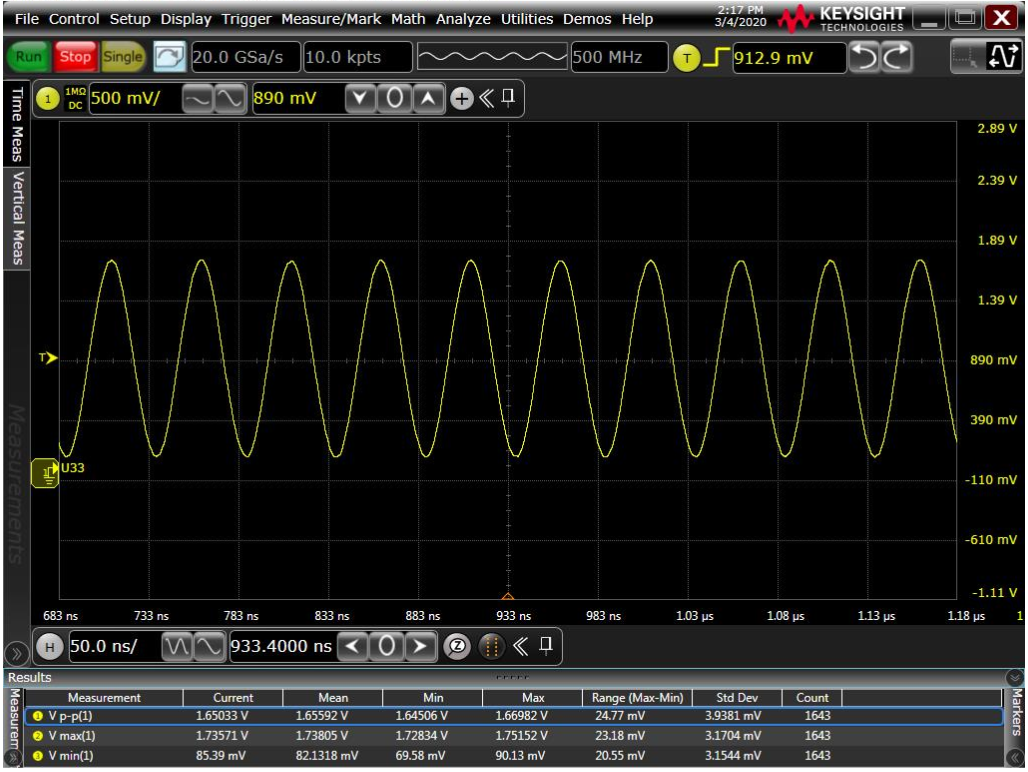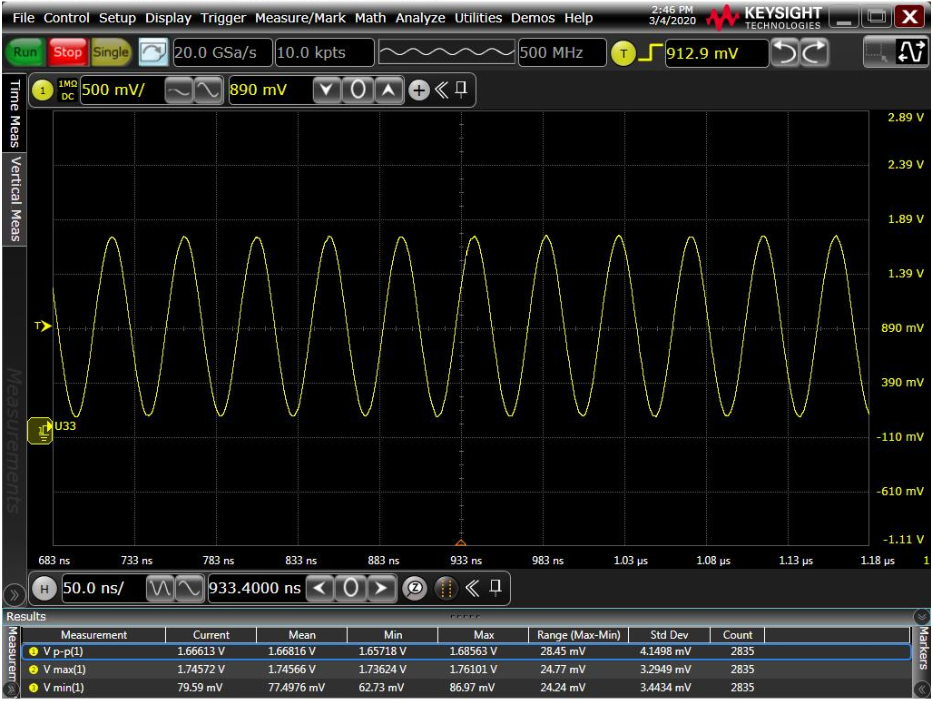Dear TI Members,
We are trying to validate oscillator design (xi_osc, xo_osc pins)
We have found clear requirements for both jitter and amplitude in the TDA2P-ACD datasheet when an external clock is used.
However, we can not find those requirements when a crystal is used.
Therefore, please, could you make clear which is the expected oscillation amplitude on those pins when a crystal is used?
Additional, please, could you make clear which are the requirements regarding jitter on those pins when a crystal is used?
Thanks so much in advance. Best Regards,
Javi.







